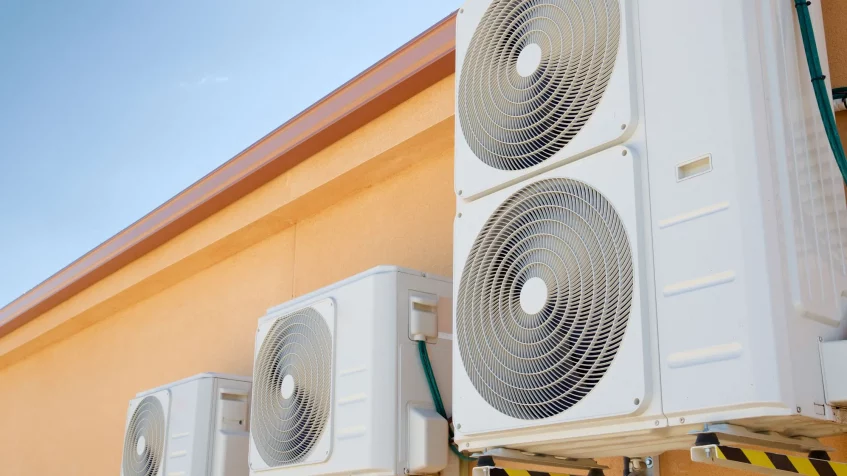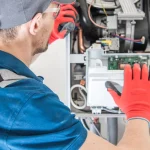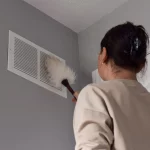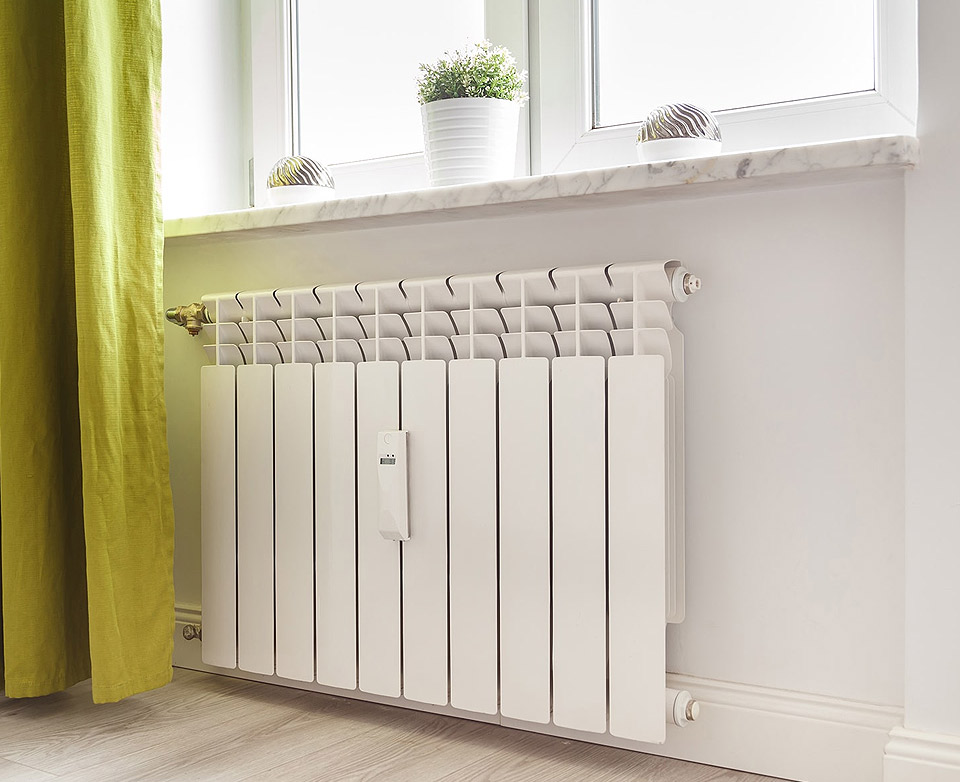
Tackle Central Air Conditioning Problems Like a Pro
Ah, the joys of summer – the sun shining, birds chirping, and the promise of cool, refreshing air inside your home thanks to your trusty central air conditioning system. But what happens when that cooling bliss turns into a headache-inducing conundrum? Fear not, dear reader! In this guide, we’ll delve into the realm of central air conditioning problems, providing you with valuable insights and practical tips to tackle these issues like a seasoned pro. So, roll up your sleeves, and let’s dive into the world of HVAC problem-solving!
The Mysterious Case of Warm Air
Picture this: you set your thermostat to a refreshing 72 degrees, but instead of a cool breeze, you’re met with a gust of warm air. Panic sets in. Before you declare war on your malfunctioning AC unit, take a deep breath. The culprit might be a simple thermostat misconfiguration or a clogged air filter restricting airflow. Start by double-checking your thermostat settings and replacing your filter. If the issue persists, it’s time to summon the pros for a thorough inspection.
The Stealthy Leaks
Water puddles around your indoor unit are the last thing you want to discover. A leaking central air conditioner can be caused by a variety of issues, ranging from a blocked condensate drain line to a refrigerant leak. Begin by inspecting the drain line for clogs; a gentle flush with a mixture of water and vinegar might do the trick. However, if you suspect a refrigerant leak, it’s crucial to enlist professional help. Refrigerant is not only harmful to the environment but also requires specialized expertise for handling.
The Mysterious Hums and Bumps
Is your central AC unit suddenly serenading you with mysterious hums or clunks? Don’t let these newfound sounds become the soundtrack of your summer. Unusual noises can stem from various issues, including loose or damaged components, debris in the system, or even worn-out fan blades. Conduct a visual inspection, looking for loose screws, bent fins, or any foreign objects that might be causing a ruckus. If the problem persists, don’t hesitate to reach out to an HVAC professional to prevent further damage.
The Not-So-Chilly Refrigerant Issues
Refrigerant is the lifeblood of your central air conditioning system, and when levels are low, your unit’s cooling efficiency takes a nosedive. Signs of low refrigerant include weak airflow, ice buildup on the evaporator coil, or an inability to reach your desired temperature. Addressing refrigerant issues requires professional attention, as adding refrigerant is a task best left to the experts. Attempting a DIY fix may result in more harm than good.
The Phantom Short-Cycling
If your central AC system is behaving like it’s training for a marathon – turning on and off in rapid succession – you’re dealing with a phenomenon known as short-cycling. This not only puts undue stress on your system but also hampers its efficiency. Short-cycling can be triggered by issues such as an oversized unit, a malfunctioning thermostat, or blocked airflow. Start by checking your air filter, thermostat settings, and ensuring proper ventilation around your outdoor unit. If the problem persists, consult with an HVAC professional to diagnose and remedy the root cause.
The Duct Dilemma
Your central AC system may be working overtime, but if your home still feels like a sauna, the issue might lie in your ductwork. Leaks, poor insulation, or improperly sized ducts can compromise the efficiency of your system. Begin your detective work by inspecting visible ducts for any visible issues. However, many ductwork problems may be hidden from plain sight. In such cases, it’s advisable to enlist the expertise of a professional who can conduct a thorough inspection using specialized tools.
The Smart Thermostat Conundrum
Smart thermostats are a technological marvel, but what happens when your cutting-edge device starts acting out? Connectivity issues, software glitches, or even user error can throw a wrench into your climate control plans. Start by rebooting your smart thermostat and ensuring that it’s connected to your home’s Wi-Fi network. If the problem persists, consult the user manual for troubleshooting tips or contact the manufacturer’s customer support. Sometimes, a good old-fashioned reboot is all it takes to get things back on track.
The Electric Bill Blues
Has your energy bill been skyrocketing despite your efforts to keep your home energy-efficient? Your central air conditioning system might be the culprit. Aging equipment, dirty coils, or inefficient components can contribute to increased energy consumption. Regular maintenance, including cleaning coils and replacing filters, can significantly improve your system’s efficiency. Consider upgrading to a newer, more energy-efficient model if your system is approaching the end of its lifespan.
The Ice Age on Your Coils
Discovering an icy spectacle on your evaporator or condenser coils is a definite cause for concern. Ice buildup can impede airflow and lead to a host of issues, including a decrease in cooling efficiency and potential damage to your system. The most common culprits for icy coils include low refrigerant levels, a dirty air filter, or restricted airflow. Begin by thawing the ice using fans or a hairdryer. Once thawed, address the root cause of the issue, whether it’s replenishing refrigerant levels or replacing a clogged filter.
Central air conditioning problems are an inevitable part of a homeowner’s journey, but armed with knowledge and a proactive mindset, you can tackle these issues like a seasoned pro. Remember to start with the basics – check your thermostat, inspect your filters, and ensure proper ventilation. For more complex issues, don’t hesitate to call in the experts. Your central AC system is a complex machine, and entrusting its care to professionals ensures that you can enjoy a cool and comfortable home throughout the seasons. So, roll up your sleeves, embrace the troubleshooting spirit, and bid farewell to central AC woes. A cool, stress-free home awaits!










